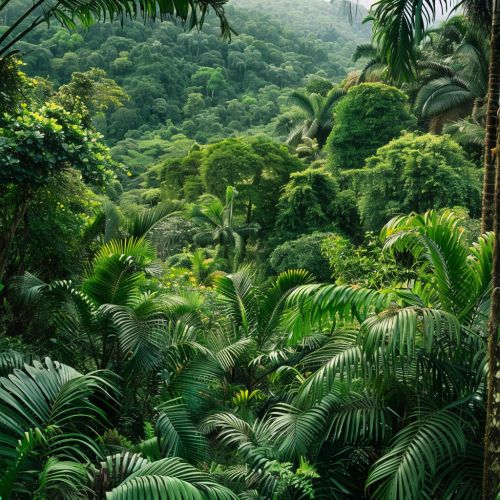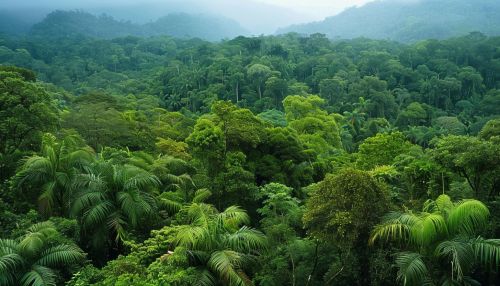Atlantic Forest
Overview
The Atlantic Forest is a South American forest that extends along the Atlantic coast of Brazil from Rio Grande do Norte state in the north to Rio Grande do Sul state in the south, and inland as far as Paraguay and the Misiones Province of Argentina, where the region is known as Selva Misionera.
The Atlantic Forest has a wide variety of ecosystems, with high species diversity and endemism. It is characterized by a high species diversity and endemism. It was the first environment that the Portuguese conquerors encountered over 500 years ago, when it was thought to have had an area of 1.5 million km², and stretching an unknown distance inland. Today, the Atlantic Forest has been reduced to less than 10% of its original size.


Geography and Climate
The Atlantic Forest region includes the Atlantic coast of northeastern Brazil, the Parana Basin, the southeastern slopes of the Central Brazilian Plateau, and parts of Paraguay and Argentina. The climate is tropical and subtropical with high rainfall.
The Atlantic Forest is divided into four main ecosystems: the coastal Atlantic Forest, the montane Atlantic Forest, the interior Atlantic Forest, and the Atlantic dry forests. The coastal Atlantic Forest is the most diverse and is generally the area most associated with the name Atlantic Forest.
Biodiversity
The Atlantic Forest is extraordinarily rich in biodiversity and endemism. It is one of the world's biodiversity hotspots, as it contains a large number of highly endemic species, i.e., species occurring nowhere else in the world. Its biodiversity is comparable to that of the Amazon, but it harbors a greater number of endemic species.
Conservation
The Atlantic Forest is currently facing severe threats due to urban growth, deforestation, and intensive agriculture, which have resulted in significant habitat loss. This has led to a dramatic loss of biodiversity, both in terms of species and genetic diversity. Conservation efforts are being made to protect this important ecosystem, but more needs to be done to ensure its long-term survival.
